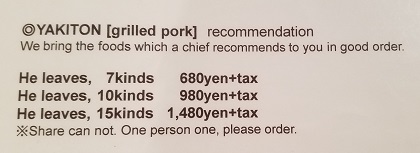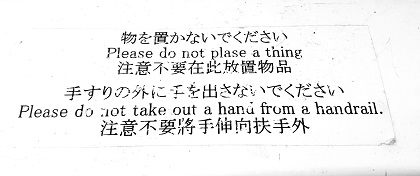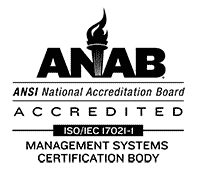The Perils of DIY Translations
Our CEO, Jiri Stejskal, recently traveled across several countries in Asia visiting clients, and he came across many examples of Do-It-Yourself (DIY) translations gone awry. From airports to restaurants to resorts, the mistranslations ranged from comical to nonsensical. They included chiefs making dinner recommendations and calls to not take out a hand from a handrail.
You can see examples of Jiri’s found mistranslations below. While they are small, inconsequential and even funny examples of mistaken translation, they can serve as an example of the importance of getting accurate, professional translations for your business.
In fact, recent reporting from the World Economic Forum (WEF) found a discrepancy in the languages on the internet. For example, while Chinese is the world’s most spoken language at 16 percent, less than 2 percent of the top 10 million websites are written in Chinese. Overall, WEF reported that the internet is mostly out of reach for those who do not speak English.
This is important information for many businesses who sell to international customers. Having a professionally localized website in the languages of your top markets is an important driver of sales, strong customer experience and continued business with customers.
We offer accurate, professional translation and localization services for clients worldwide, and cringe when we see DIY translations that are good-natured, but ultimately miss the mark. For more information on our services, please contact us at info@cetra.com.
The Perils of DIY Translations
Examples from Jiri’s Travels Across Asia

—–

—–





